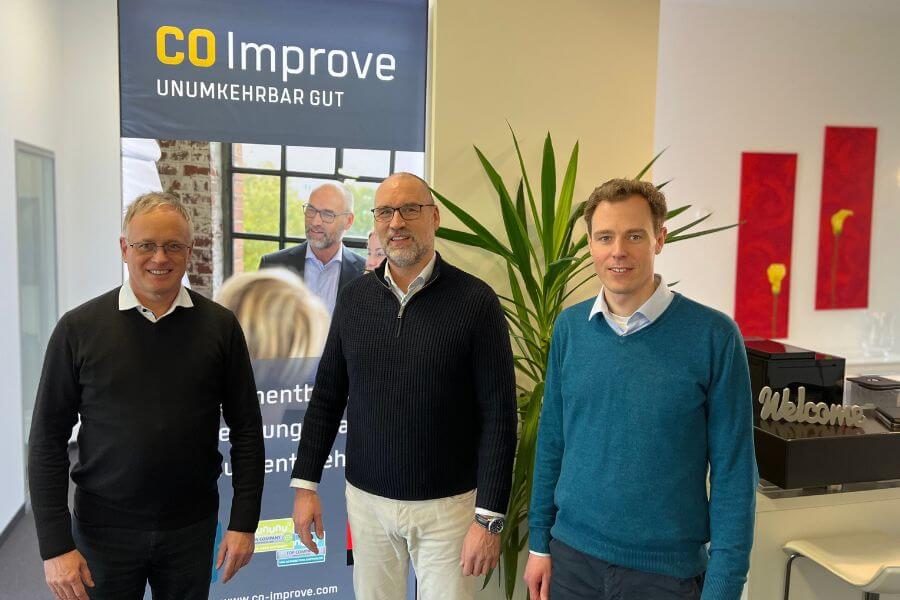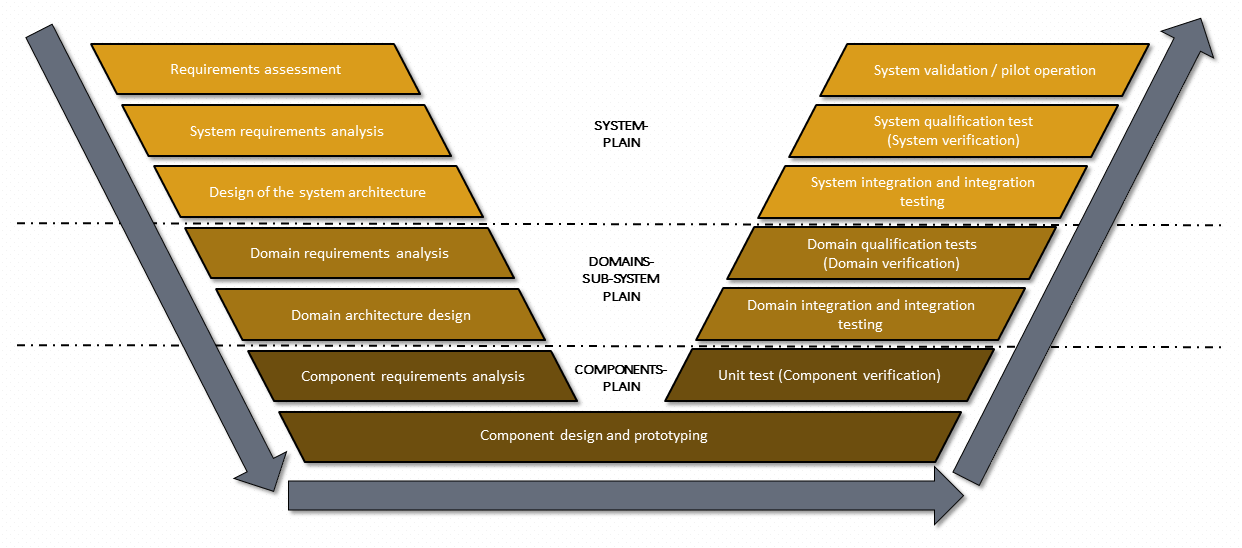Systems Engineering: Thinking in functions - "How do I make electricity glow?"
Systems Engineering (SE) has more than caught up with the times. Why is this so? One of the main reasons for its growing relevance is the increasing networking and embedding of systems, which requires a holistic approach. Here, systems engineering helps development teams - characterised by their individual disciplines consisting of software and hardware parts - to achieve a common understanding of the system. In today's world, the development of complex mechatronic products can often no longer be achieved, or only with difficulty, by simply breaking down the components into a product tree structure. The consideration of the system as a whole and in its functional interrelationships is crucial.
Systems engineering as a future success factor
Many industrial companies - including pioneers such as the automotive industry - have been relying on the advantages of systems engineering for some time. In the meantime, however, medium-sized companies, for example in mechanical and plant engineering, have also identified the success factors. With the help of systems engineering, companies can manage the increasing complexity in product development, Dr. Walter Koch is certain. Before that, however, the question for him is whether those concerned can also free themselves from the corset of old paradigms and think in systems. Koch has been chairman of the Society for Systems Engineering (GfSE) for several years and visited our management consultancy for high-performance product development for an informal exchange - the focus: systems engineering.
Systems engineering is first and foremost a view of the product or the system and its environment. And: it does not contradict the V-Modell, but complements it and can support the development with the help of already existing processes or processes optimised for this purpose.
The profile of a systems engineer
But how does systems engineering play out its success factors? In addition to the guard rails of an appropriate development process and corresponding role descriptions, the people behind the newly implemented roles provide impetus: For Dr. Walter Koch, the systems engineer is an extremely strong communicator - in the best case equipped with very strong social skills to bring an interdisciplinary R&D team together and forward. Here, it is important to get people from different domains and with different qualifications to contribute their expertise to the team and to want to understand the concerns of the other domains as well. "If it doesn't find a sounding board, it falls flat," says Koch. After all, a balanced, cross-domain response is often more purposeful than that of the individual department.
But what does the profile of a systems engineer look like outside of his social skills and facilitation role? What background and education should he have, what skills are required and what mindset is necessary? An in-house employee who is familiar with the company and the product group concerned is of course helpful. Whether it is the product-experienced designer, an experienced project manager, an electronics developer who works more in functional blocks or a software developer who comes from software architecture is not the decisive factor. Primarily, "only" two points are important:
- The systems engineer must think in terms of functions - using the example of a headlight development:
"How do I make electricity shine?" - The systems engineer is a strong communicator
The big advantage
Systems engineering unfolds its full potential when it is integrated throughout the entire product life cycle. This starts with pre-development and a module development and continues through product creation with an upstream and downstream "system part" to industrialisation or even end-of-life of the product - including an upgrading and reuse strategy in the sense of a circular economy.
The strength of systems engineering clearly lies in its ability to manage high complexity during product/system development. Taking into account a suitable module strategy, advance planning of individual components or pre-parameterisation of individual parameters within the framework of early simulation with the help of model-based systems engineering (MBSE), shorter development cycles can also be realised and more robust starting conditions for development are common. The development of new or broader product segments, the adaptation to a greater product variance as well as the embracing of a holistic product life cycle including circular economy enables the increase of the market share or the development of new markets up to completely new business models.
Although the products, the market environment and the goals associated with the introduction of SE may be very diverse in different companies, the challenges of the introduction are often similar. It is important to think the expectations and introduction through to the end - holistically and with a view to
- strategy of the company,
- processes on cooperation,
- leadership in organisation and
- individual qualification of the people.



